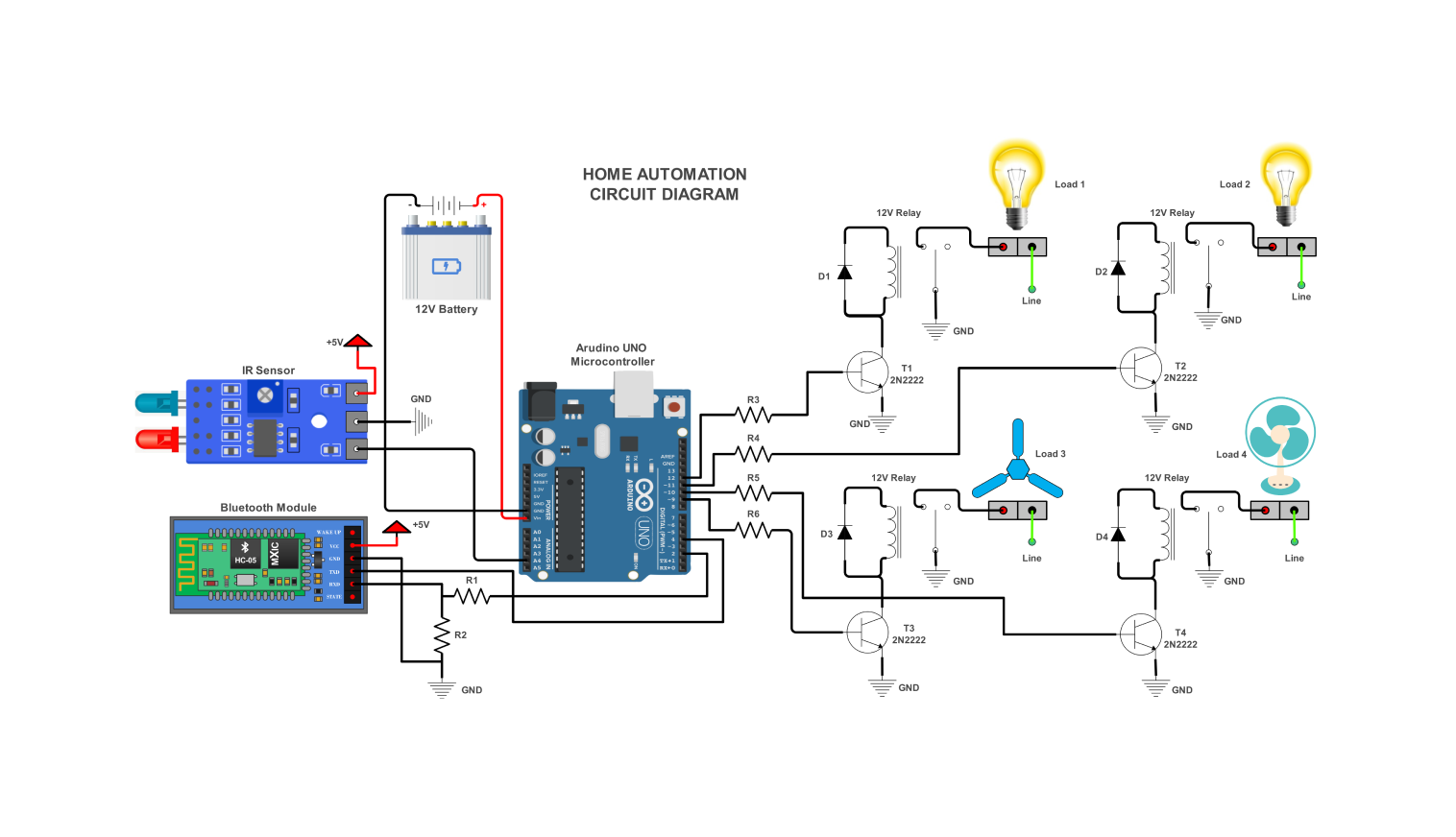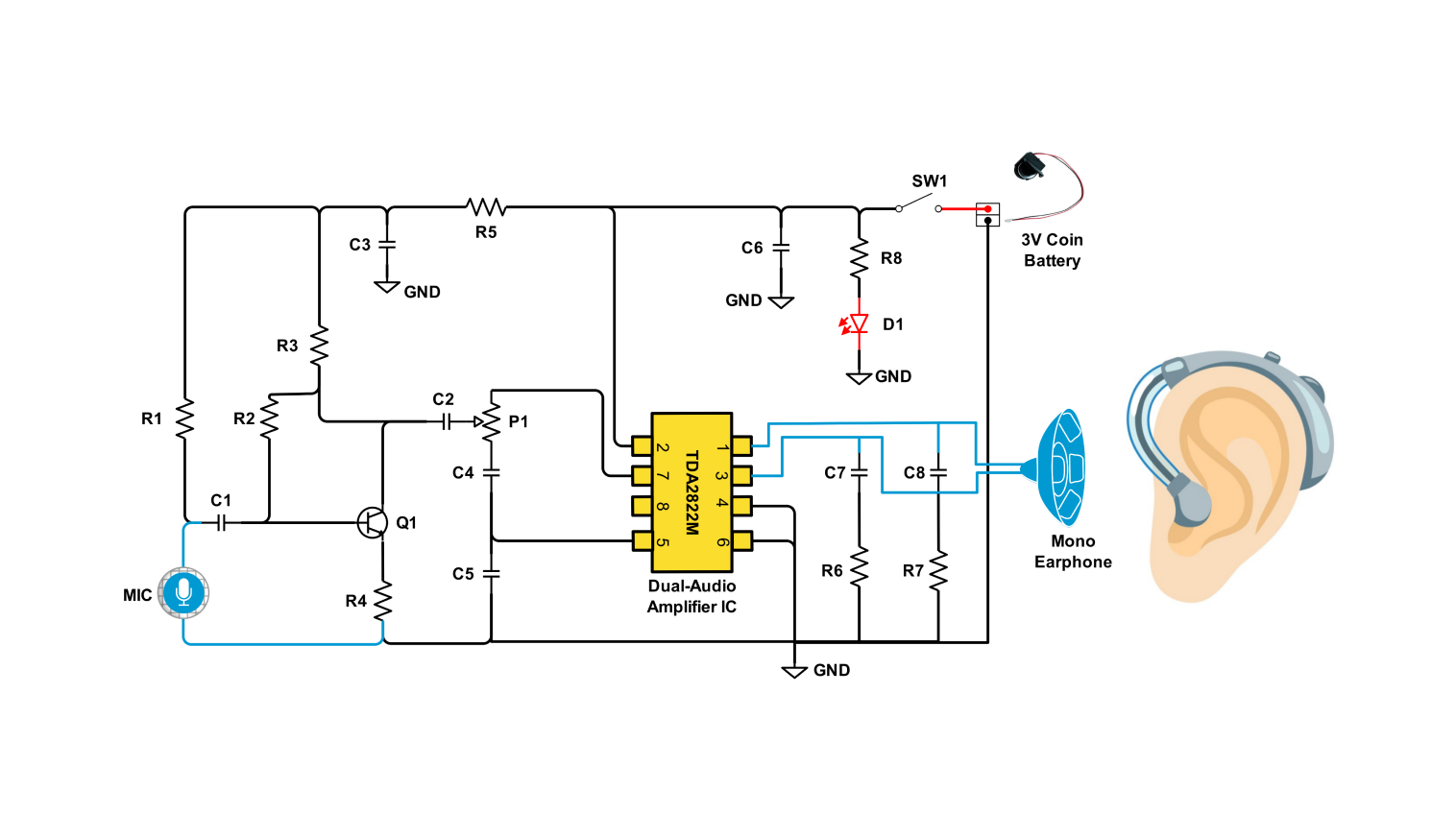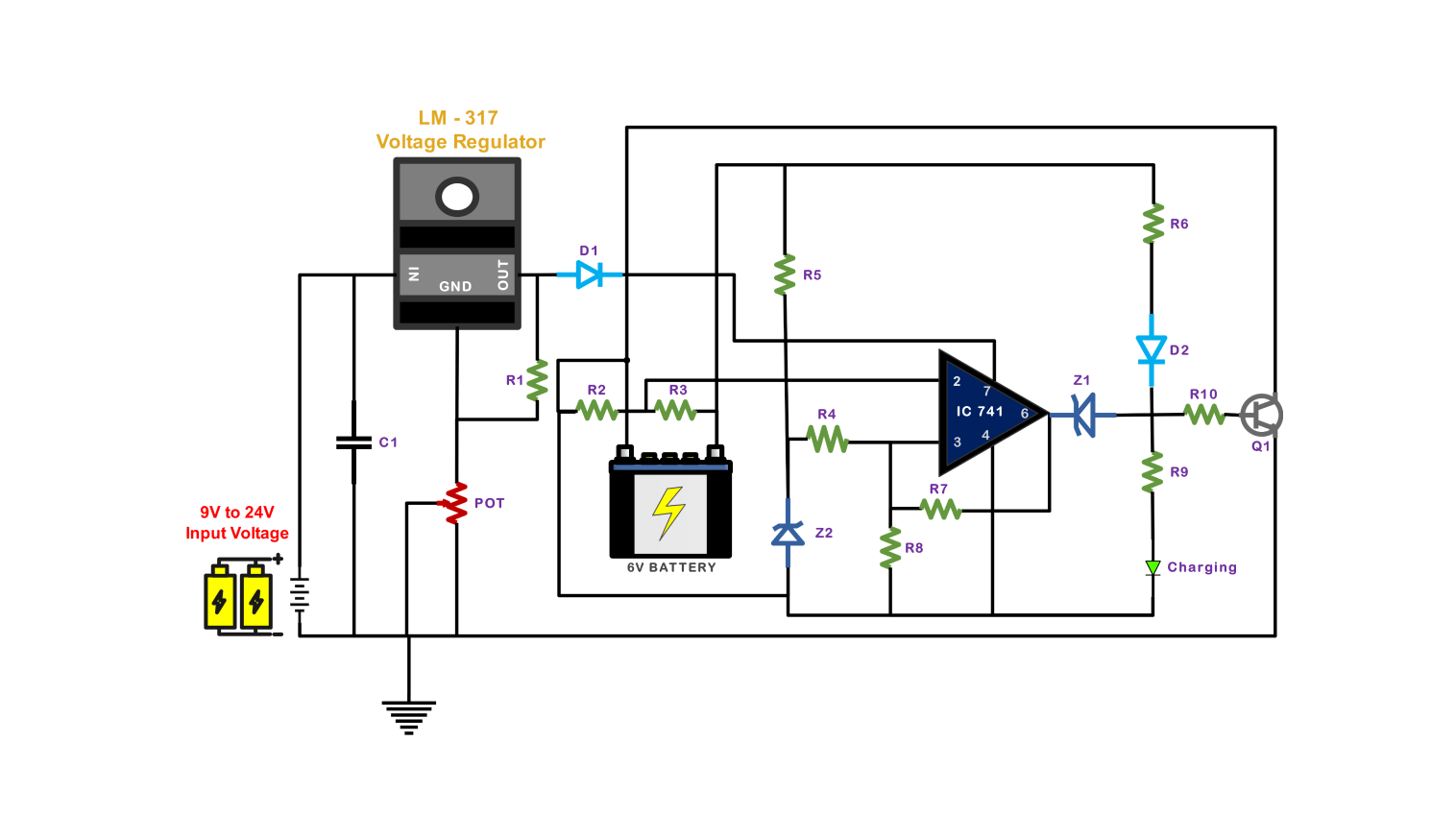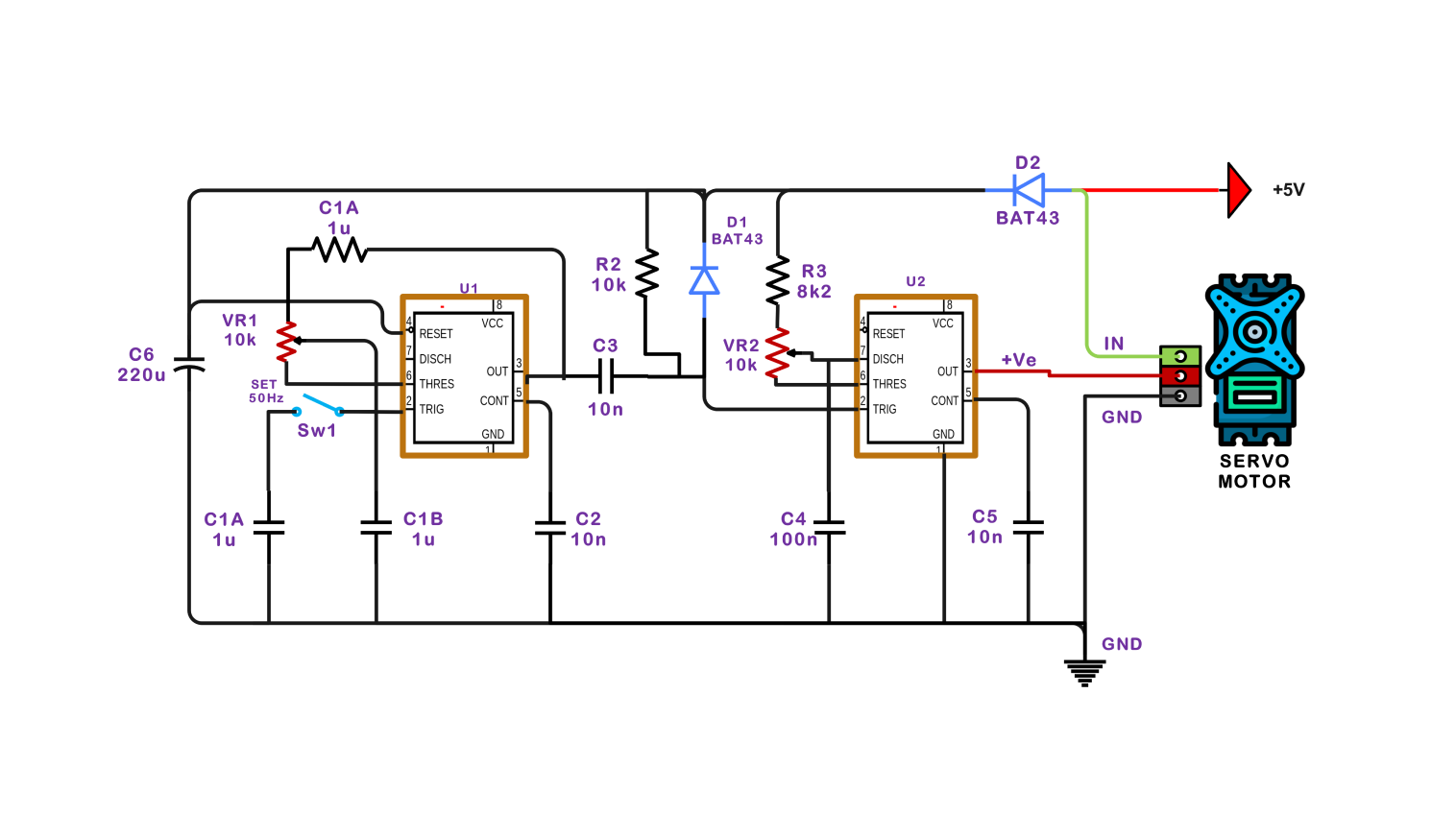- Templates
- Circuit diagram templates
- Home automation circuit diagram
About this template
This home automation circuit diagram is the step-by-step guide to setting up the smart home system you dreamt of. It guides the entire process of connecting the parts. The brain is the Arduino Uno microcontroller which interprets and carries out the given orders and controls the different devices.
The diagram depicts major units including the relay, which functions as a so-called on/off switch to operate appliances. The Bluetooth module will provide, as an additional feature, the capability to control the watering system wirelessly using your smartphone or tablet.
Complying with this plan, you can put these elements together so you can be able to send commands to automate and manage different kinds of devices like wall sockets from different devices (phone, tablet, remote).
How to use the template
Click on Use this template to open the home automation circuit diagram.
Once the template is opened, look for the Libraries panel on the left side. There you can find all the electrical components that you might want to add in. Drag and drop the needed symbols onto your canvas.
You can swap components, adjust values, and even add labels to tailor the circuit. You can also change line styles, colors, and text fonts for better clarity.
Once you are satisfied with the design, click File > Export and choose your preferred format (e.g., image file, PDF, SVG) to export the diagram.
Benefits of the template in electrical design
This schematic diagram works as a visual guideline, depicting how the various electrical components (sensors, controllers, relays) will be connected and how they respond to each other. It facilitates the mapping of the system and ensures that all the parts work together purposely.
Home automation can be quite interesting even when it comes to simple circuits that can demonstrate key electrical principles like using resistors to regulate current or the employment of relays to control high-power devices. These initial principles are transferable to more intricate electrical designs.
The wiring diagram can be the reference to build a prototype of the home automation system. In making the circuit and testing for functionality, designers may continue to refine their plans and will also guard against the implementation of any impractical ideas before putting them to use in a larger electric design.
The homemade electric circuit design may not be applicable in professional electrical due to the strict safety regulations and complexity, but serves as a useful educational tool as well as a stepping stone towards handling much more complex tasks.
FAQs about circuit diagrams
-
What are the limitations of a home automation system?
- Cost:
- Complexity:
- Reliablity:
- Security:
- Compatibility:
The cost of getting the house automation is likely to be quite high. First, you will have to buy followed by hubs if you need ones and then possibly rewire.
One major challenge is the complexity of installation and configuration, especially where the involved systems are organized. You sometimes might want wisdom or an expert to get you on track.
Smart devices have a precondition that they must be well and securely connected to the internet. In addition, the feedback can disrupt any potential system.
Smart home systems are the most frequent targets of hackers of the Internet of Things if not adequately protected.
Because of these discrepancies in the connected devices which fall under different brands, they may not be able to synchronize smoothly sometimes. Ensure compatibility before investing.
-
What problem does home automation solve?
The following are the benefits of using a home automation circuit for your house:
- Convenience:
- Security:
- Energy Efficiency:
- Accessibility:
Add automation to routine activities such as switching lights on/off, thermostat regulation, door locking, etc.
You can control when your loved ones can enter your home over the internet, and get notifications when you're away from home and the doors or windows are open.
Optimized intelligent thermostats and lighting are already designed to serve your requirements and program.
Automation could help those with limited mobility by simply telling or remotely doing it for them when needed using voice controls or smart switches.
-
What are the two disadvantages of automation?
- Job displacement:
- Over-reliance:
Some of the tasks done by humans e.g. repetitive activities are very possible to be done by machines thus many people will be out of work.
Rather than reducing critical thinking skills and problem-solving, excessive dependence on automation can encourage the growth of new skills.
Related templates
Get started with EdrawMax today
Create 210 types of diagrams online for free.
Draw a diagram free Draw a diagram free Draw a diagram free Draw a diagram free Draw a diagram free


